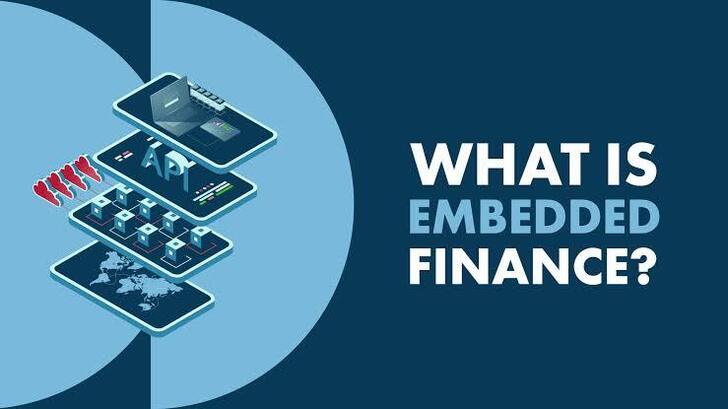In recent years, the financial industry has witnessed a transformative shift with the emergence of Embedded Finance, a trend that is redefining the way we perceive and engage with traditional banking services. This article explores the nuances of Embedded Finance, delves into the benefits it offers, and distinguishes it from the well-known Banking as a Service (BaaS) model.
Defining Embedded Finance
Embedded Finance refers to the integration of financial services seamlessly into non-financial platforms, offering consumers a holistic and efficient experience. Instead of relying solely on traditional banks, individuals can access financial services directly within the applications they use daily, such as e-commerce websites, social media platforms, or even ride-sharing apps.
BaaS vs. Embedded Finance
While both BaaS and Embedded Finance involve the integration of financial services, they differ in their approach. BaaS primarily focuses on providing the infrastructure and tools for third-party companies to build and offer financial products. In contrast, Embedded Finance is more user-centric, embedding financial services directly into existing platforms without requiring users to navigate to a separate banking interface.
The Benefits of Embedded Finance
1. Seamless User Experience:
Embedded Finance eliminates the need for users to switch between various apps or platforms, providing a frictionless and integrated experience.
2. Enhanced Accessibility:
By embedding financial services in everyday applications, Embedded Finance increases accessibility, reaching a broader audience and promoting financial inclusion.
3. Customization and Personalization:
Platforms can tailor financial offerings based on user behavior and preferences, creating a personalized financial experience.
4. Increased Efficiency:
Transactions become more efficient as users can seamlessly conduct financial activities within the same interface where they perform non-financial tasks.
The Rise of BaaS and Embedded Finance
The financial industry has witnessed a parallel rise of both BaaS and Embedded Finance, each catering to distinct needs. BaaS empowers companies to become financial service providers, while Embedded Finance focuses on enhancing user experience by integrating financial services into various applications. The coexistence of these models signifies a dynamic and evolving financial ecosystem.
Read about Trackers USA
Looking Forward
As Embedded Finance continues to gain momentum, it's essential for businesses to understand the potential benefits it offers in terms of user experience, accessibility, and efficiency. The integration of financial services into everyday platforms not only reshapes how we engage with banking but also opens up new avenues for innovation and collaboration across industries.
In conclusion, Embedded Finance stands as a pivotal trend shaping the future of banking, bringing financial services closer to the user than ever before. As technology evolves and user expectations continue to rise, the financial industry must adapt to these changes to stay relevant in this era of embedded financial experiences.
Source: Story.KISSPR.com
Release ID: 879392

